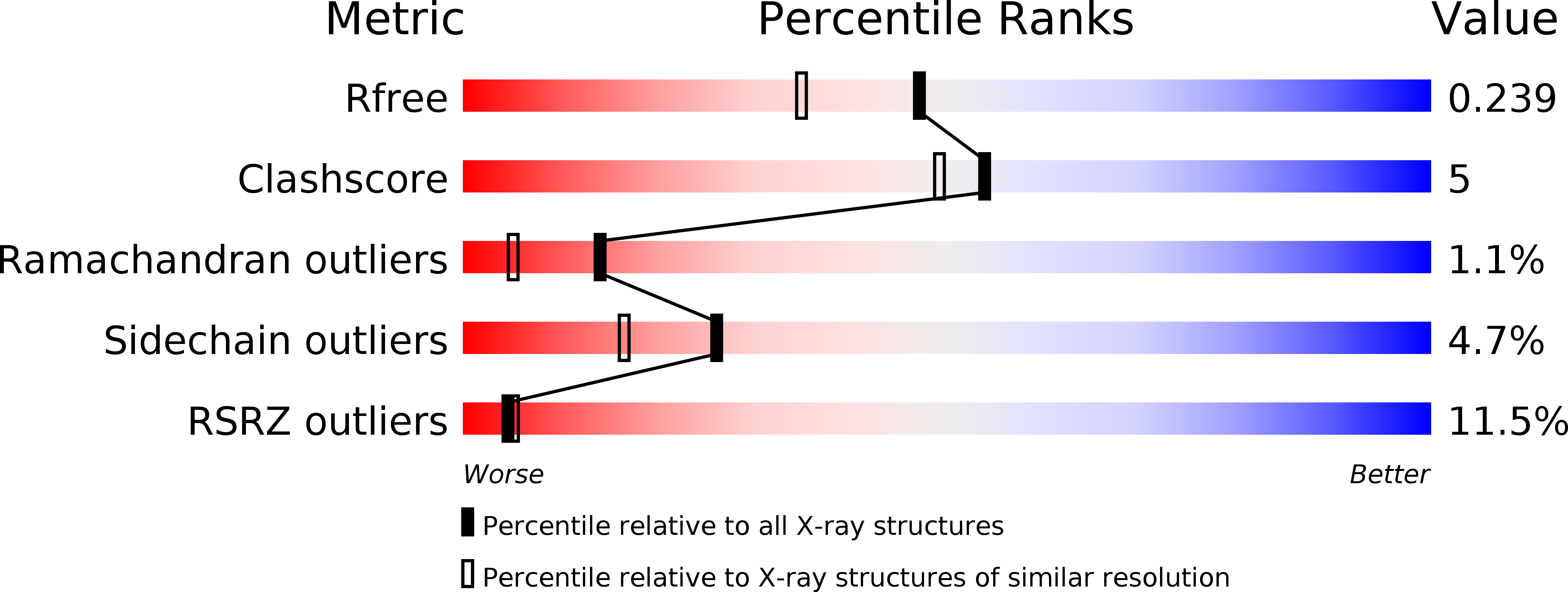
Deposition Date
2011-11-09
Release Date
2012-01-25
Last Version Date
2024-03-20
Method Details:
Experimental Method:
Resolution:
1.90 Å
R-Value Free:
0.24
R-Value Work:
0.21
R-Value Observed:
0.22
Space Group:
P 62 2 2


